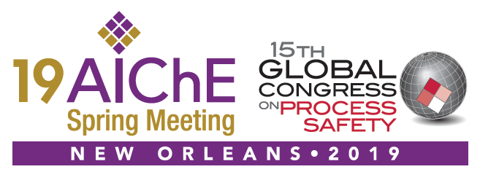

Routine maintenance cycles are common and set on typical frequencies most often for cleaning of the tube ID’s. Build-up of coke products from the process effluent on the tube ID’s is a common occurrence at the inlet tubesheet. Unbolting and removing the heads allows for tube ID access to clean or in our case to inspect. In general, Non-Destructive Examination (NDE) inspection performance is improved when cleaning is conducted prior to the inspection and is especially the case with electromagnetic and ultrasonic techniques.
This paper presents various inspection techniques for some of the most common tube degradation mechanisms found in TLE’s. Two of the most common degradation mechanisms are ID erosion and OD corrosion. To detect these mechanisms, we focus the presentation on two techniques. The first is an Ultrasonic technique known as IRIS and the second Remote Field Testing known as RFT is an electromagnetic technique. Both techniques are volumetric inspections with defect sensitivity originating either from the ID or OD. However, capabilities and limitations exist for both techniques which will be presented as well as sharing results of over 7 years of testing in-situ TLE components.
Presenter(s)
Language
Pricing
Individuals
| AIChE Member Credits | 0.5 |
| AIChE Pro Members | $19.00 |
| Employees of CCPS Member Companies | Free |
| AIChE Graduate Student Members | Free |
| AIChE Undergraduate Student Members | Free |
| AIChE Explorer Members | $29.00 |
| Non-Members | $29.00 |
